 Abraham Lincoln
If given the truth, the people can be depended upon to meet any national crisis...
Abraham Lincoln
If given the truth, the people can be depended upon to meet any national crisis...
 Guildford news...
for Guildford people, brought to you by Guildford reporters - Guildford's own news service
Guildford news...
for Guildford people, brought to you by Guildford reporters - Guildford's own news service
Birdwatcher’s Diary No.107
Published on: 30 Apr, 2016
Updated on: 30 Apr, 2016
By Malcolm Fincham
Having spent most of the waking hours of my life in what I consider to be the great outdoors, I’m often convinced that the wildlife that surrounds us has a far greater awareness than most can possibly perceive.
A cuckoo, for example, having never known its parents, knows exactly where to migrate to in late summer, (long after the adults) and knows just when to return.
Many of our long-distance avian migrants that arrive in the UK are remarkably regular in their arrival dates, and that’s a crucial part of their continued survival. It ensures that individuals arrive in their nesting areas just as environmental conditions become suitable for breeding, and then leave before they change.
But some birds, especially the ones dependant on insects to feed on, seem to adjust to variations in weather that occurs from year to year, which suggests that their migratory instincts are triggered by some sort of external information.
Continuing our quest to add new sightings, summer arrivals continued to be a very slow this year.

A view across one of the lagoons at Farlington Marshes. Click on all images to enlarge in a new window.
Arriving at Farlington Marshes near Portsmouth Harbour on April 17 with good friends, Bob and Dougal, the first thing I noticed was that although the weather remained unseasonably cool, all the brent geese had now departed, their internal clocks had insisted, the time had come for them to make their 2,500-mile journey back to their breeding grounds in Siberia.
Black-tailed godwits could still be viewed there, although much fewer than on my previous visit, just a few weeks before. Some now coming into their lovely summer plumage, as they prepared for their flight north, towards their Arctic breeding ground.
I’m guessing it must have been a good winter for weasels surviving, as having pictured one in Surrey just a few weeks ago, Bob pointed one out as it scurried along the water’s edge of an inland ditch by the sea wall, giving the opportunity to snatch a few pictures, before it disappeared into the long grass.
Open to the elements, as we walked the sea wall, it felt like mid-winter as an icy breeze blew in our faces.
A few wintering shovelers still remained in and around the lagoons.
A pair of ravens flew over, instantly recognised by their diamond-shaped tails.
Linnets could also be seen among the brambles in good number.
It wasn’t until about half way around the reserve that we finally managed to catch sight of our first summer migrant there. Three wheatears could be seen in a field, recognised by their white rumps, in flight.
Soon after we managed to pick out a blackcap, one of several we eventually saw there that day.
This included the rarer sight of a female blackcap, distinguished by its copper-coloured head, I picked out with my camera as it skulked around among some brambles.
Along the same hedgerow we were then enlightened by the sound of a willow warbler, one of a number we eventually saw that day.
Adding to the summer arrivals was a tree pipit, singing short bursts of its song, reminiscent to the sound that its batteries were running down.
Leaving the seawall and the ‘cold winds to Valhalla’ behind us, we headed down the path towards the information hut. Surprised at how warm the sun was, away from the wind up on the sea wall, we were delighted to spot our first and only butterfly of the day. A small tortoiseshell.
Looking across the field we also caught sight of a male redstart as it sat by a fencepost.
Close to the hut, we could hear the usual, constant sound of a Cetti’s warbler. By remaining patient (while eating our sandwiches) eventually I was able to get a few photos of this elusive but noisy critter, as it skulked about in a hawthorn bush.
My personal favourite sighting there that day, however, had to be that of two spoonbills.
Having spent most of the time while we were at the reserve, some distance away across the fields, one of them decided to take flight. This gave me some good photo opportunities as it circled around the reserve.
As a bonus to me, with the tide so far out at the time, it came to rest for a while in Langstone Harbour. This gave me the chance to add a few extra shots of this most unusual bird.
Back home on my local patch at Stoke Nature Reserve, signs of summer were starting to show with the habits of our resident birds.
Song thrushes could be heard constantly singing their repertoire of repetitive, but melodious song.
A blackbird could be seen collecting mouthfuls of worms it had collected to feed to its young.
Over the sewage works as well as Stoke Lake, swallows were starting to build up in numbers, taking advantage of the insect population, as they arrived from their long trip back from Africa.
Homing in on areas were the flies where most abundant.
Checking through the arrivals, before they distributed to their breeding locations, a few house martins could be seen, adding to the feeding frenzy.
Great crested grebes usually perform their amazing ‘penguin dance’ in February to early March. It’s all part of an elaborate courtship display, which starts with a lot of head shaking and fluffing out their head crest feathers.
The performance ends with both birds rising up on the water, paddling like crazy, and presenting each other with a piece of pond weed. In this upright position the birds resemble a pair of penguins.
 It was of some surprise to me, therefore, on April 23 (and for several days after) to see them performing this ritual. I was especially pleased, as although I have witnessed it on a few occasions in previous years, it was the first time I’ve ever managed to get photos.
It was of some surprise to me, therefore, on April 23 (and for several days after) to see them performing this ritual. I was especially pleased, as although I have witnessed it on a few occasions in previous years, it was the first time I’ve ever managed to get photos.
Also patrolling the lake that evening was a kingfisher.
Although the light by then was starting to fade, I did manage a few shots of it, as it flew, bullet-like, just above the surface of the water. On close inspection of some of the photos I took, by noticing its lower mandible was orange, rather than black, denoting that it must have been a female.
With things starting to hot up (hopefully the weather too), and bluebells now in bloom, I can see I’ll be having a challenging time, staying up to date in the next few weeks. Well, I will certainly do my best!

Click on cartoon for Dragon story: Public Asked for Views on SCC’s Proposal for Reduced Speed Limits



Recent Articles
- Guildford Museum Works to Encourage Interest in Town’s History
- Missing 15-year-old girl located
- What Ash Wants – Village’s Neighbourhood Plan Goes out For Consultation
- St Nicolas’ Infant School Celebrates ‘Good’ Ofsted Rating
- Former Guildford Policeman Admits Misconduct In Public Office
- Letter: Nothing Prepared Me for the Scene of Destruction
- Have You Seen Missing Scarlet-Rose?
- Guildford’s MP Cuts the Ribbon at Merrow Post Office Opening
- Letter: Recreational Rowing Might Be the Answer
- A281 Closure – Additional Works To Take Advantage of Road Closure


Search in Site
Media Gallery
Dragon Interview: Local Artist Leaves Her Mark At One of England’s Most Historic Buildings
January 21, 2023 / No Comment / Read MoreDragon Interview: Lib Dem Planning Chair: ‘Current Policy Doesn’t Work for Local People’
January 19, 2023 / No Comment / Read MoreA3 Tunnel in Guildford ‘Necessary’ for New Homes, Says Guildford’s MP
January 10, 2023 / No Comment / Read More‘Madness’ for London Road Scheme to Go Ahead Against ‘Huge Opposition’, Says SCC Leader
January 6, 2023 / No Comment / Read MoreCouncillor’s Son Starts Campaign for More Consultation on North Street Plan
December 30, 2022 / No Comment / Read MoreCounty Council Climbs Down Over London Road Works – Further ‘Engagement’ Period Announced
December 14, 2022 / No Comment / Read MoreDragon Interview: GBC Reaction to the Government’s Expected Decision to Relax Housing Targets
December 7, 2022 / No Comment / Read MoreHow Can Our Town Centre Businesses Recover? Watch the Shop Front Debate
May 18, 2020 / No Comment / Read More






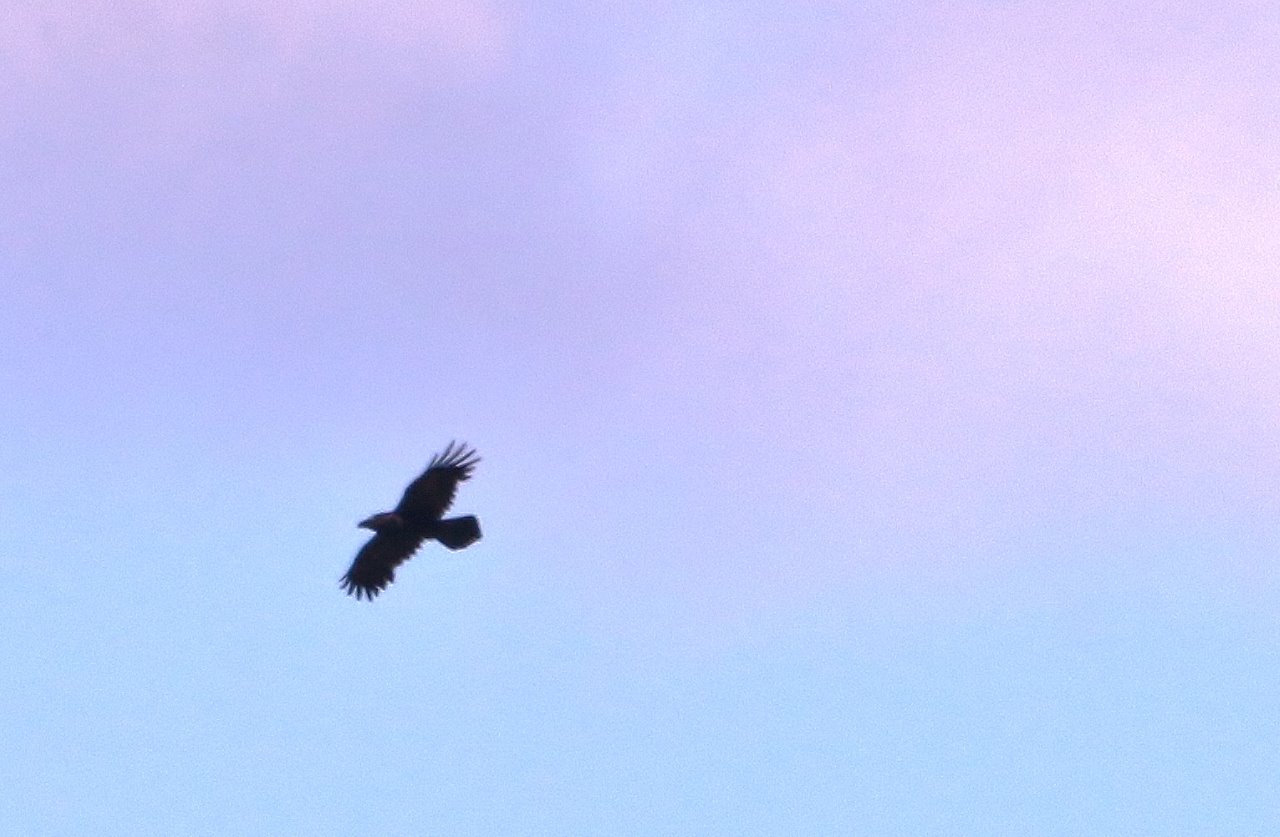
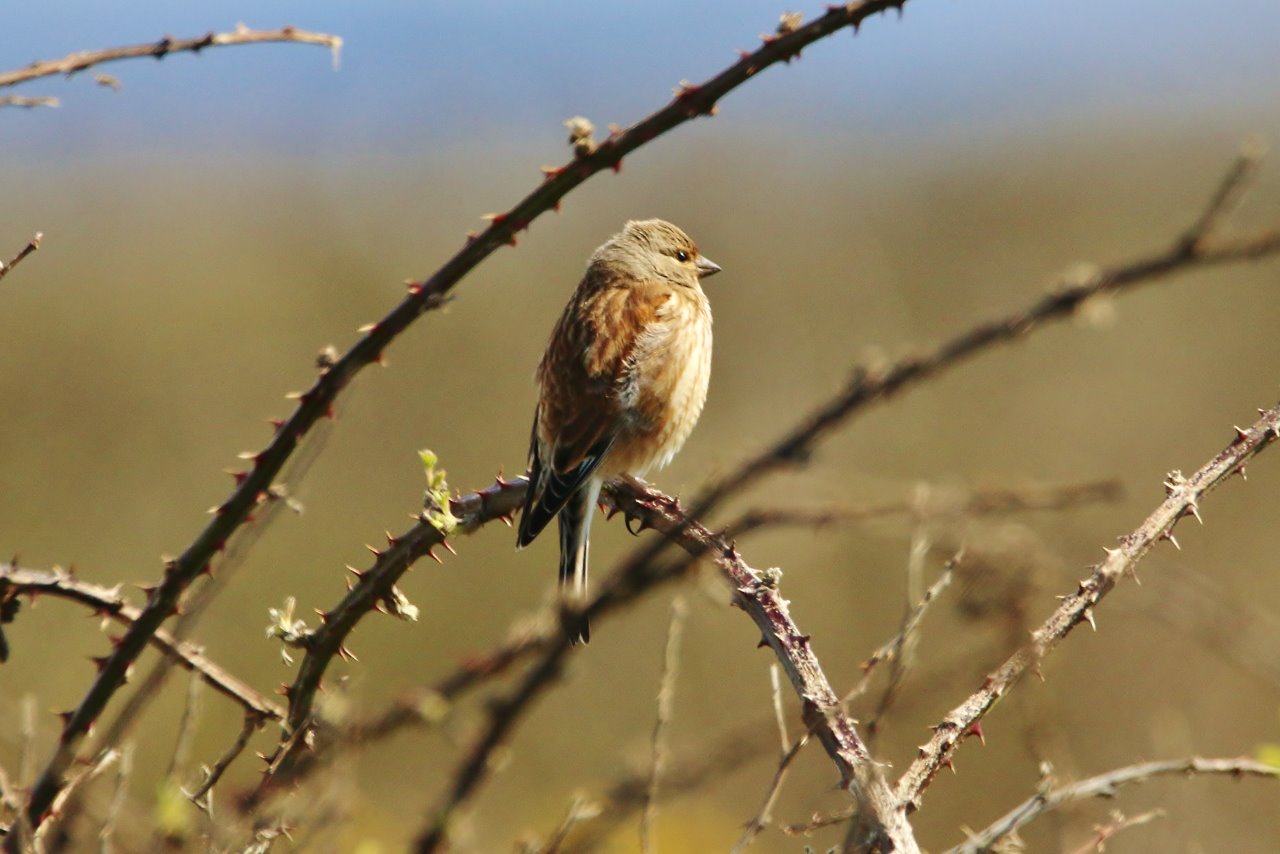


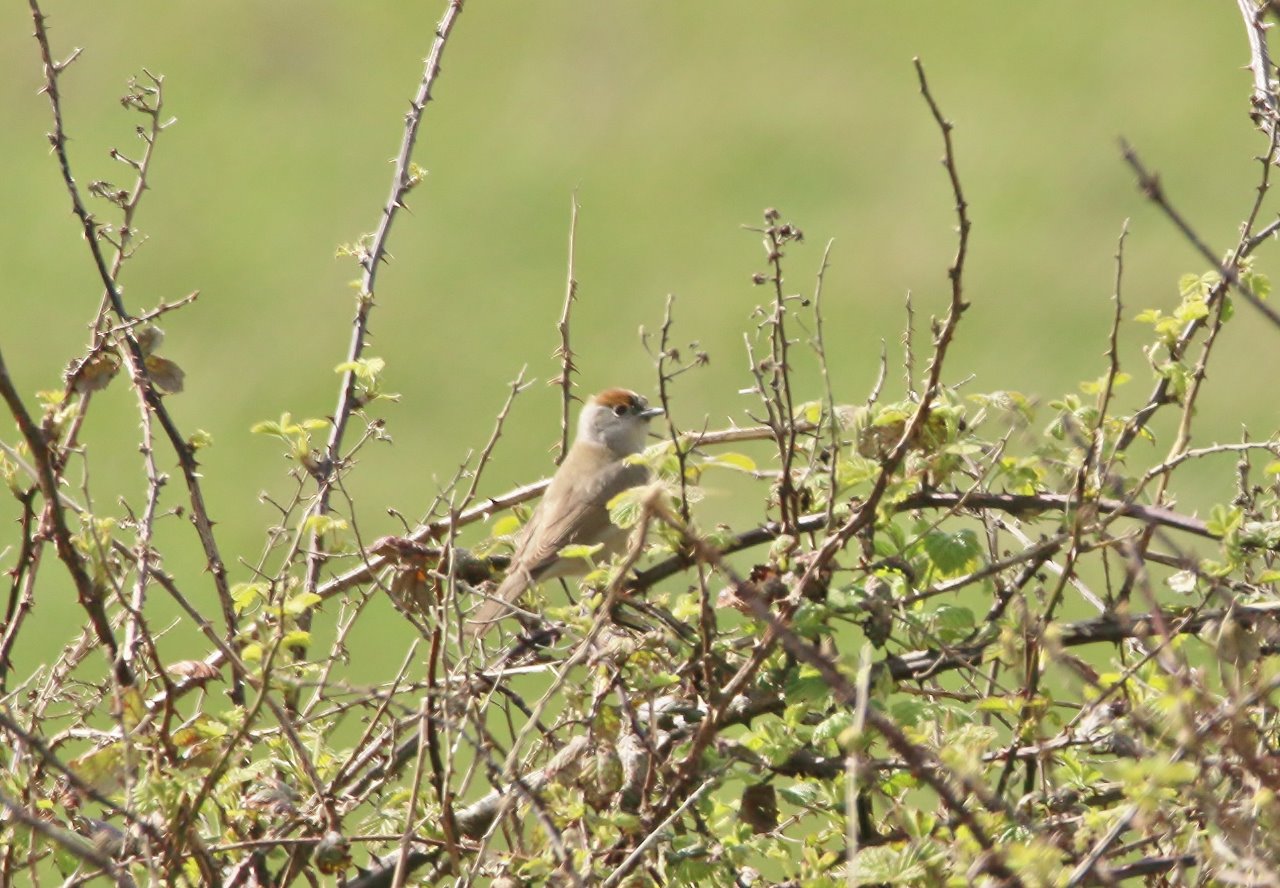


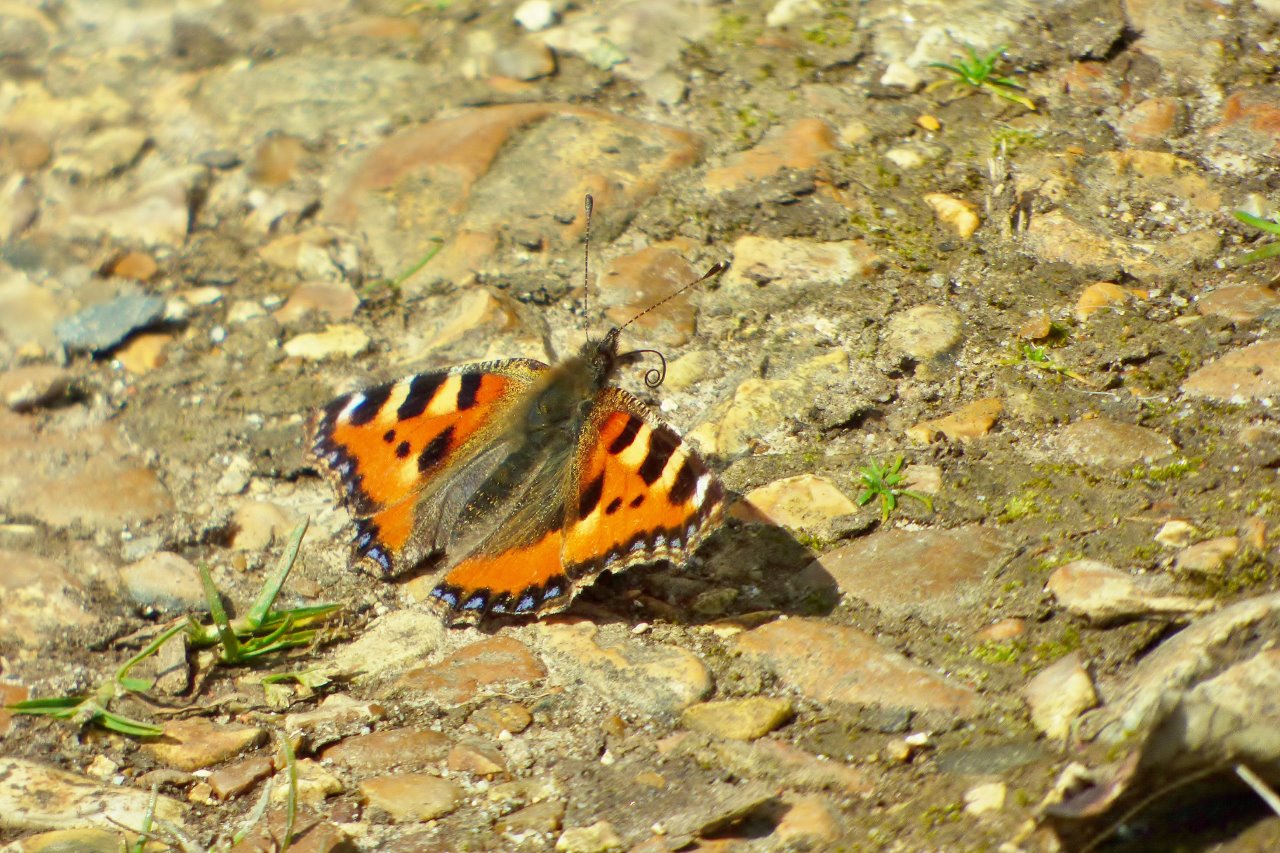
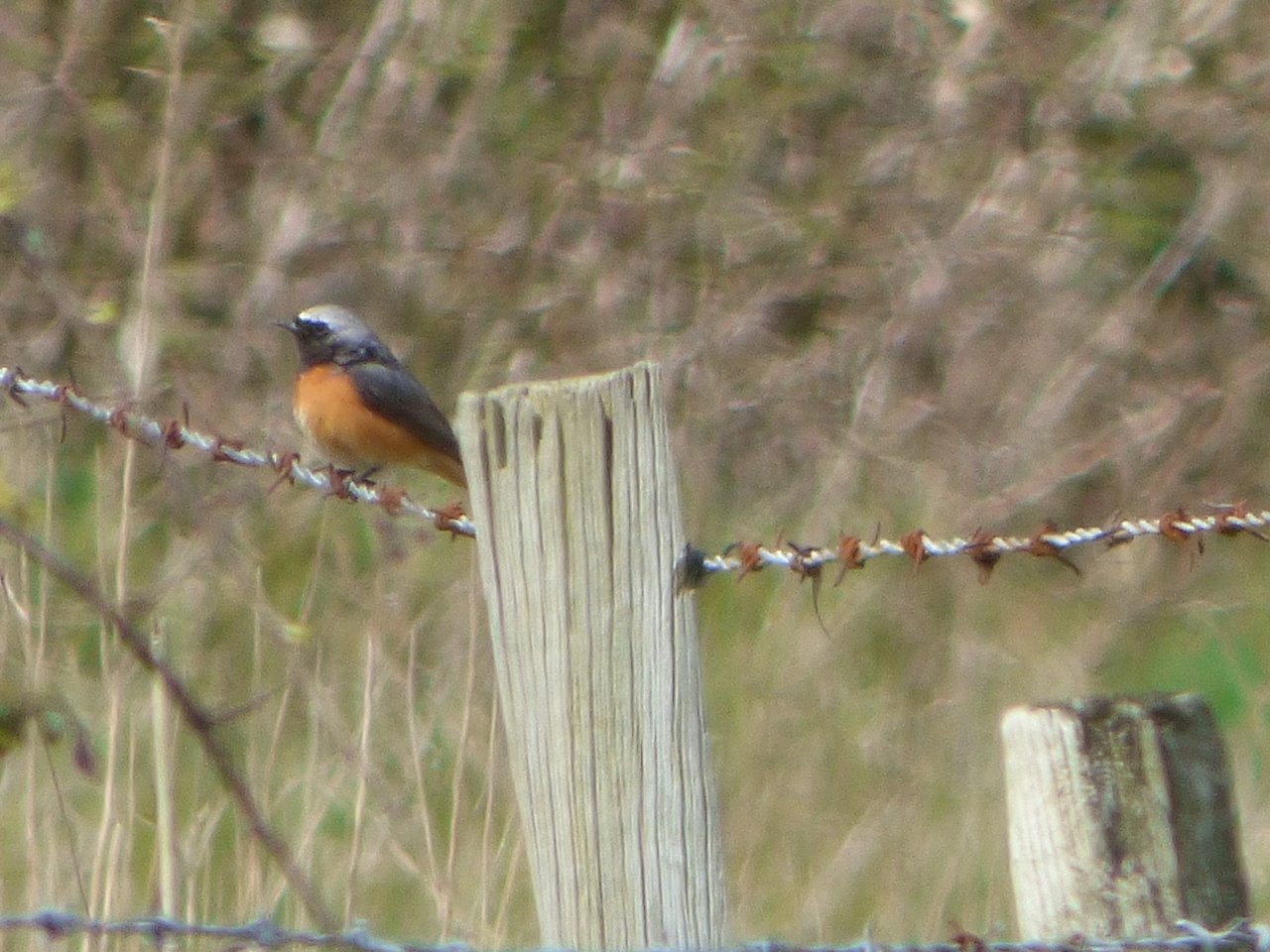
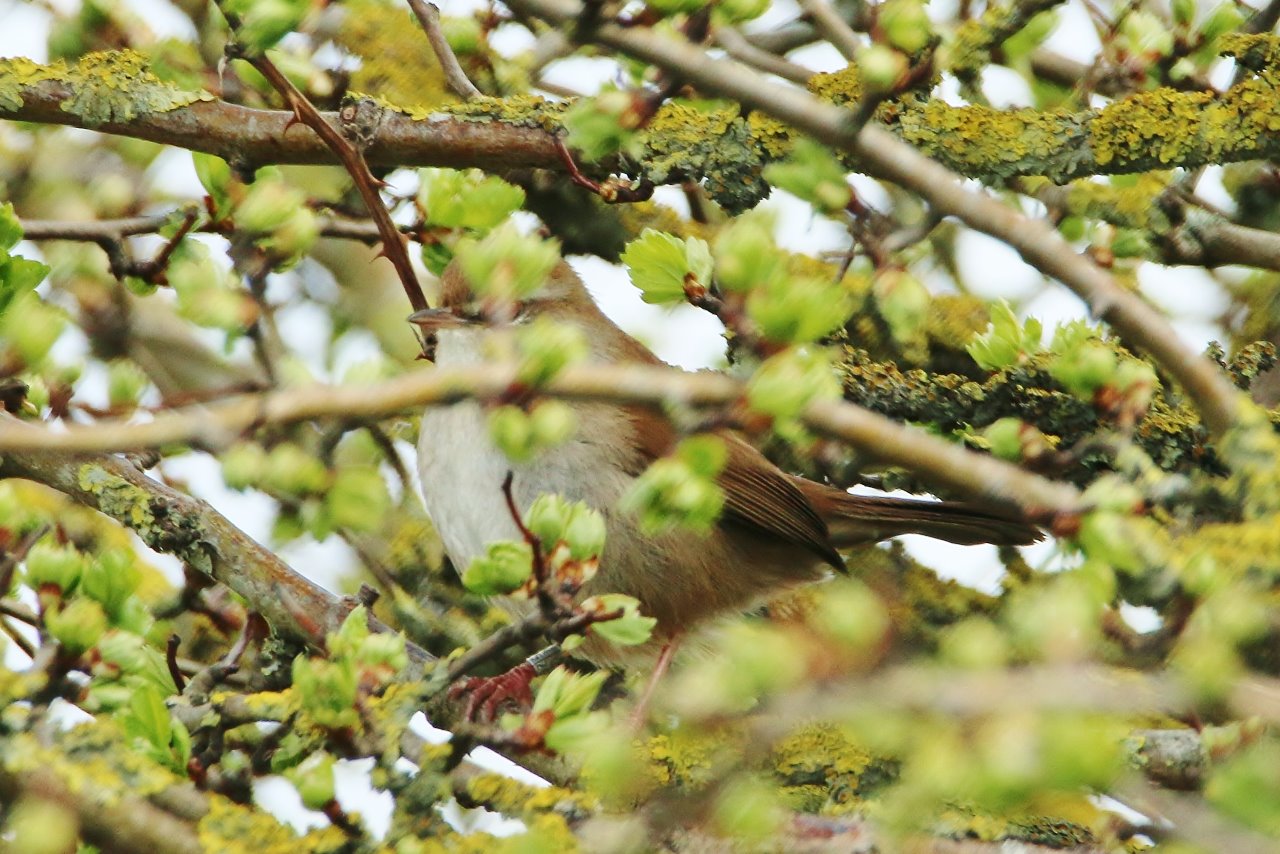


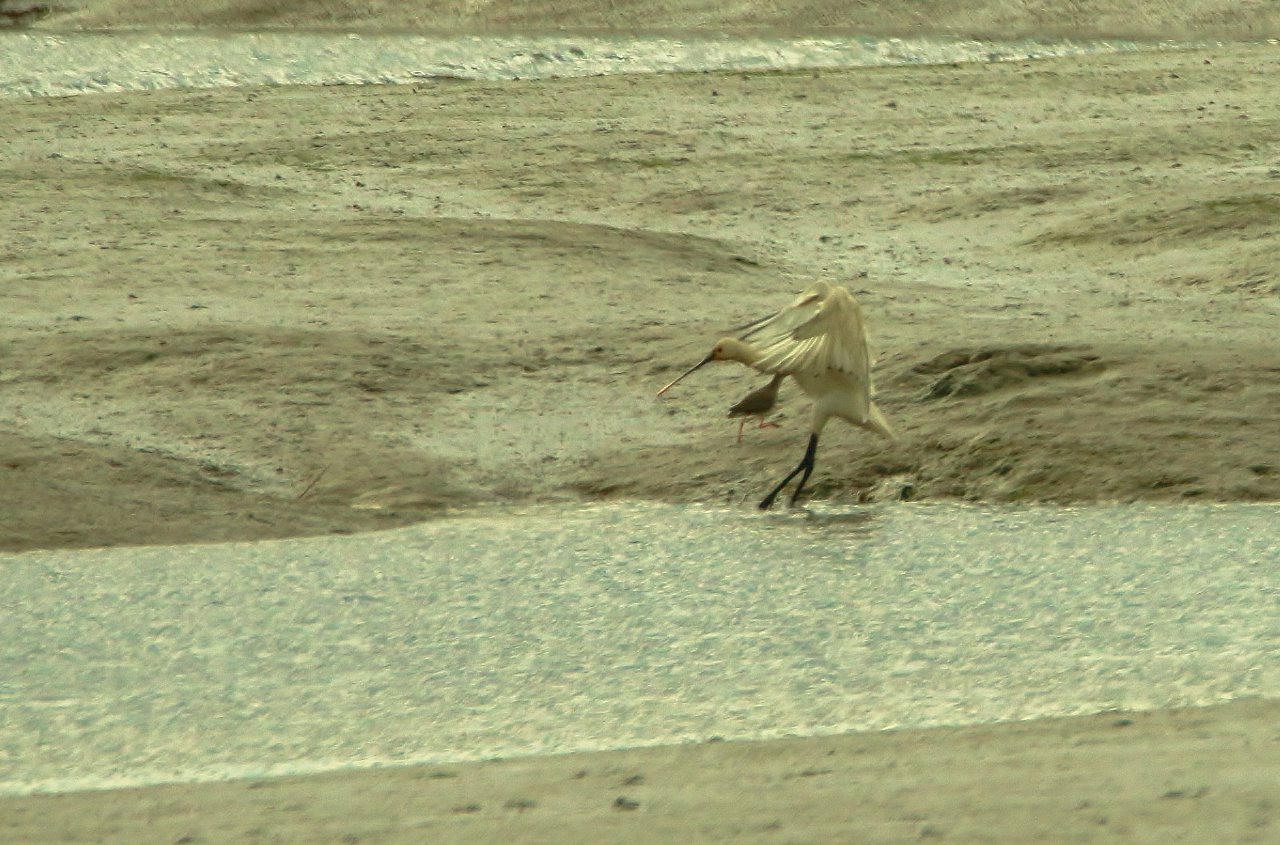



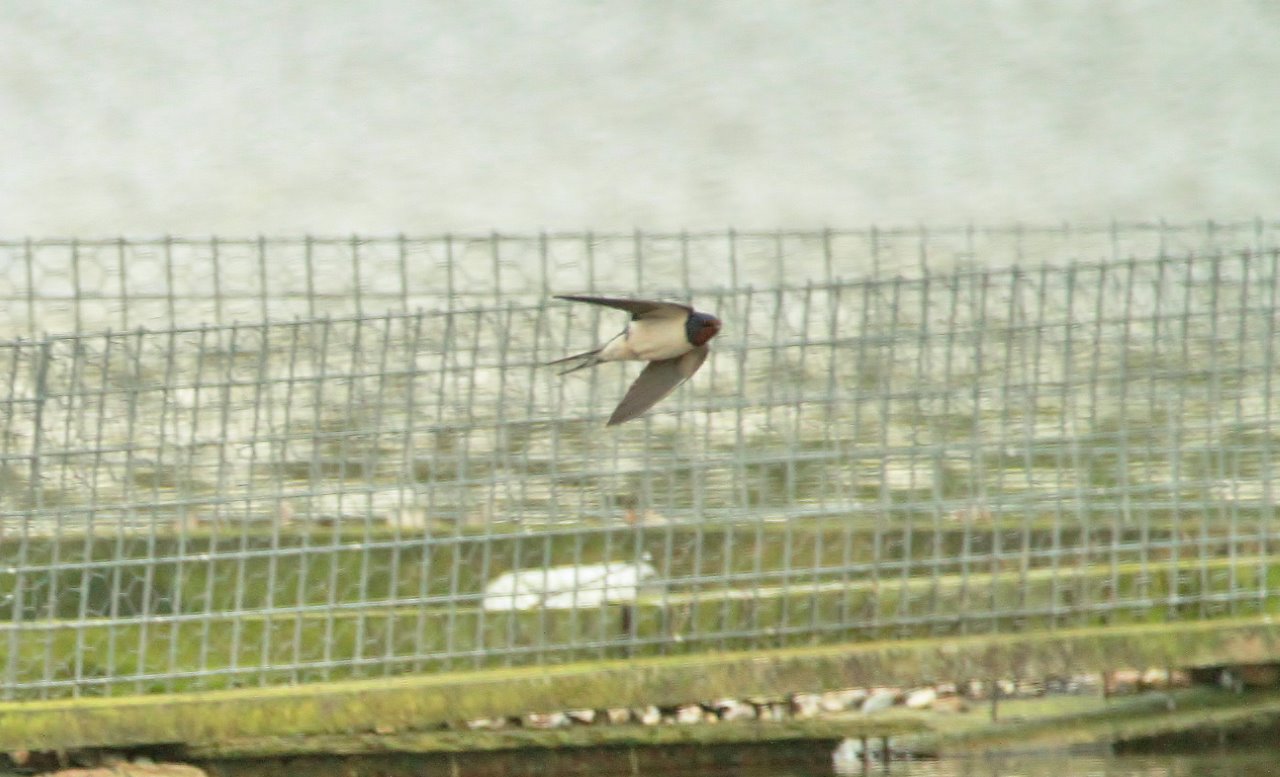
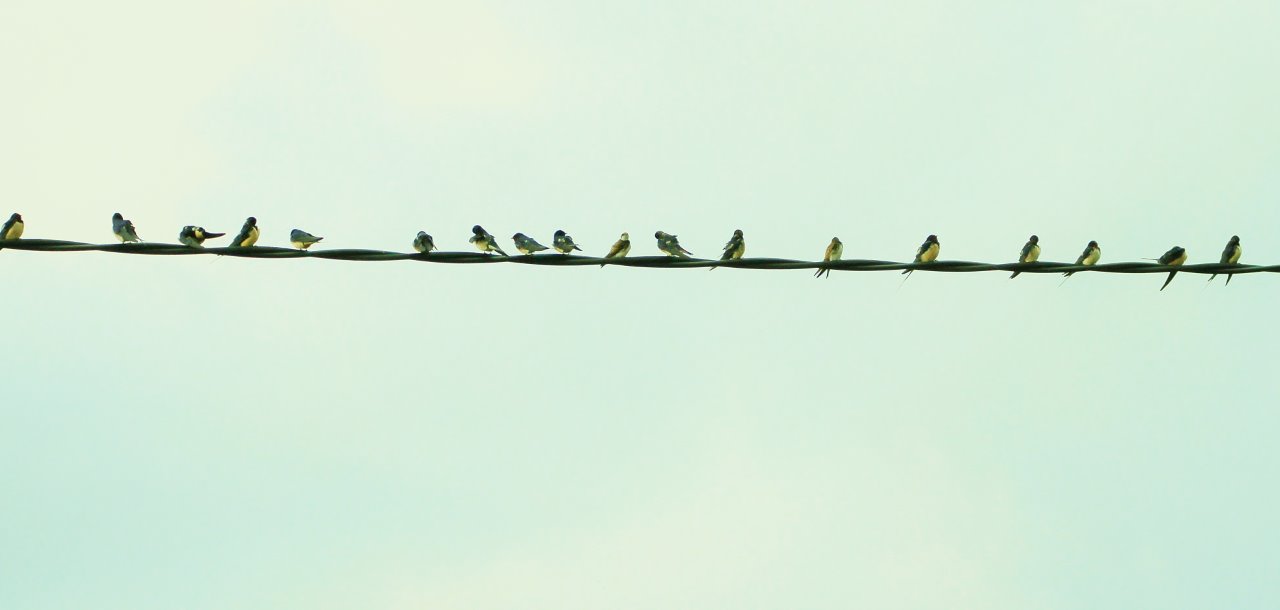


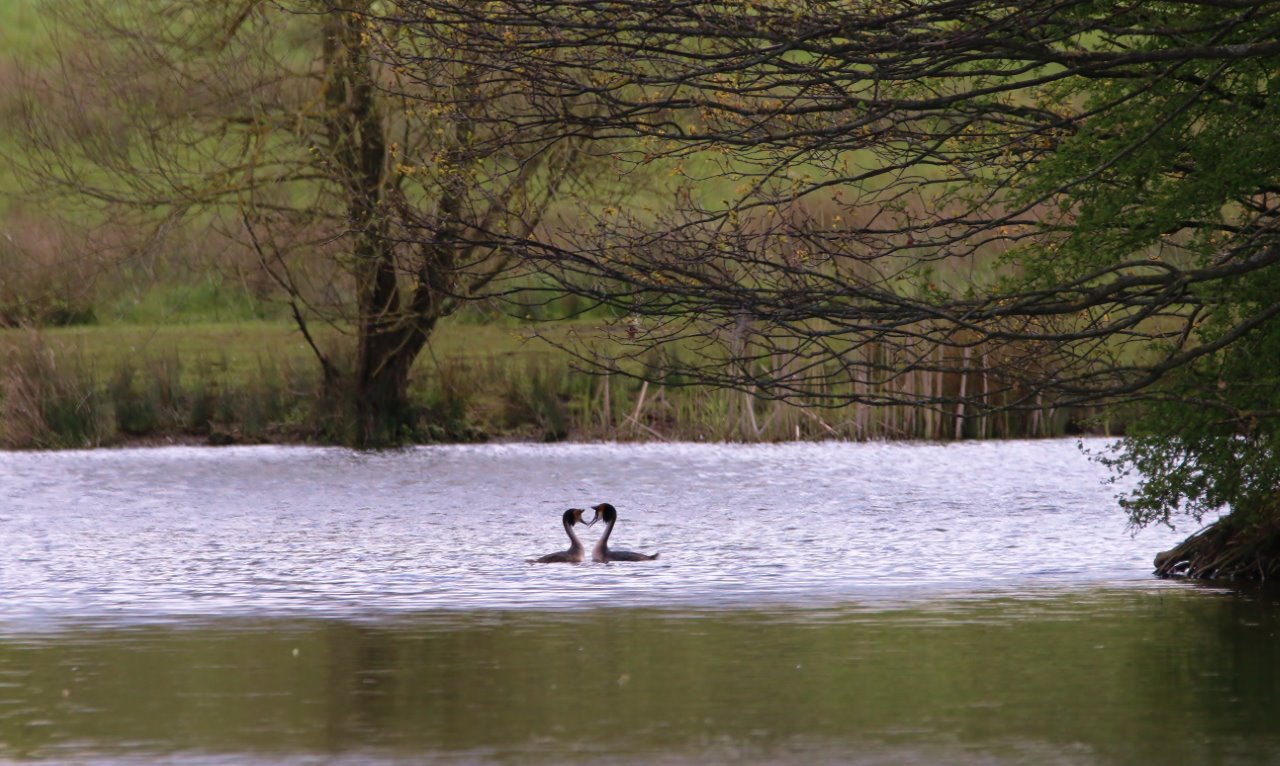






Recent Comments